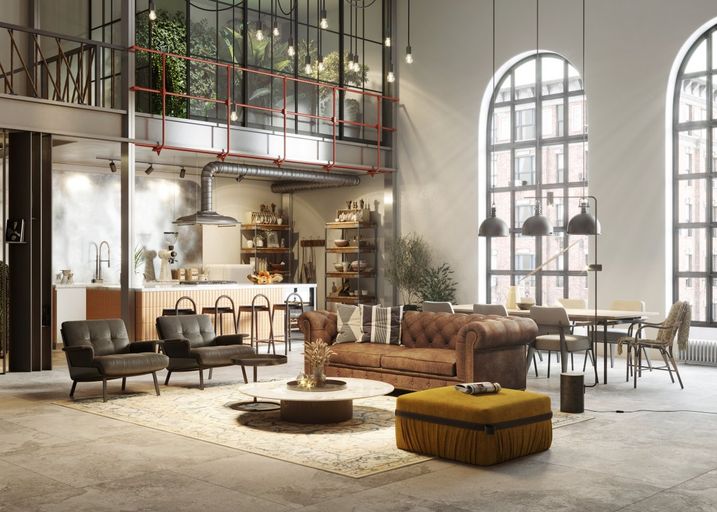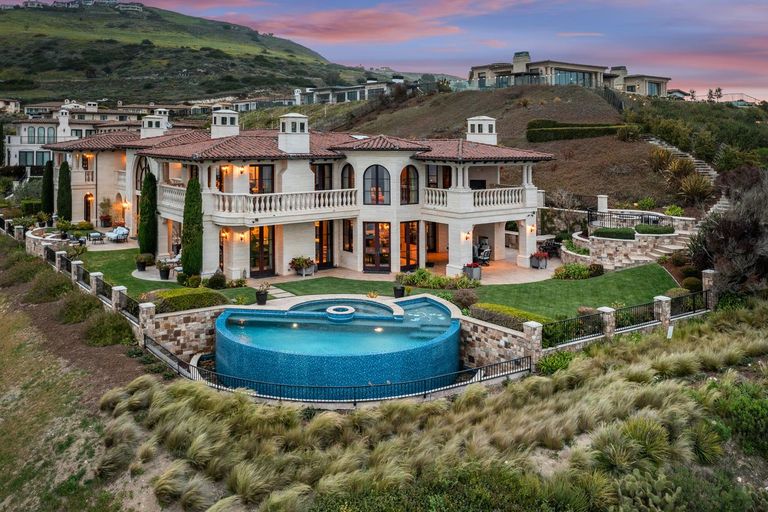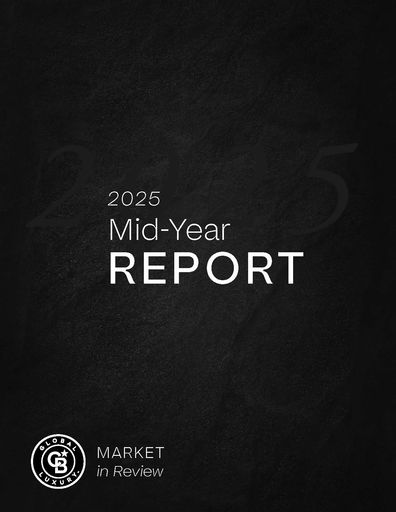Rediscovering a Classic: Paris
Seasoned travelers sometimes grumble that once-beloved destinations have lost their charm, lamenting that progress has interrupted nostalgia. To some purists, Paris has been compromised by Starbucks competing with local cafés, minimalist architecture impeding views of Art Nouveau landmarks. But Paris, a modern and occasionally chaotic metropolis, has definitely not lost its ability to inspire and delight visitors.
 Paris-based journalist Leah Walker, who has been featured in USA Today, France Today and Forbes Travel Guide, as well as on CNN, insists that although the city evolves, it has not lost its immutable charm. “Paris is a beautiful backdrop for both the mundane and extraordinary moments in life, whether you’re living here or visiting,” she comments. The native Texan reports that despite the usual frustrations of big city living, she constantly witnesses Paris’ enduring magic. “I live a block from the Eiffel Tower and my neighborhood is inundated with tourists from around the world,” reports Walker. “Every day I see the joy on people’s faces!”
Paris-based journalist Leah Walker, who has been featured in USA Today, France Today and Forbes Travel Guide, as well as on CNN, insists that although the city evolves, it has not lost its immutable charm. “Paris is a beautiful backdrop for both the mundane and extraordinary moments in life, whether you’re living here or visiting,” she comments. The native Texan reports that despite the usual frustrations of big city living, she constantly witnesses Paris’ enduring magic. “I live a block from the Eiffel Tower and my neighborhood is inundated with tourists from around the world,” reports Walker. “Every day I see the joy on people’s faces!”

Oetker Collection | Photo by Claire Cocano
Walker co-founded Garnier Creations, a firm that works with prestigious fashion designers, culinary celebrities and cultural institutions to create bespoke luxury experiences for travelers. Its “experiential retail confidant” services ensure VIP treatment at the city’s most fashionable boutiques, where rope lines established during the pandemic still remain. Garnier Creations offers luxury travelers an opportunity to bypass lines and receive personalized attention. First-time visitors to Paris naturally gravitate to iconic attractions, dutifully checking off their lists, but one’s sense of adventure should not be constrained by guidebooks. While the Louvre is the world’s most-visited museum, lovers of Impressionism may find greater fulfillment at Musée d’Orsay, which houses one of the finest collections of 19th century paintings and sculptures on the planet. A former train station, the Beaux-Arts structure with two giant clocks facing the Seine is itself a work of art.
Musée d’Orsay

Musée d’Orsay
The intimate Musée de l'Orangerie is famous for Monet’s panoramic Water Lilies wall murals, Musée Eugène Delacroix occupies the painter’s former apartment in the 6th arrondissement, and newer museums fuel an arts scene that is as vibrant as ever. The Pinault Collection, featuring the private contemporary art collection of billionaire François Pinault, opened in the landmark Bourse de Commerce. Like the Louvre, where I.M. Pei’s iconic pyramid is as famous as the original edifice, the historic commodities exchange building housing the Pinault Collection benefits from the addition of modern aesthetics. There, Pritzker Prize-winning architect Tadao Ando created a bold concrete cylinder within the existing rotunda that, like Pei’s pyramid, seamlessly coexists with the original architecture. Located in Bois de Boulogne, a sprawling park flanking the city’s west side, is the Louis Vuitton Foundation, ensconced in a stunning glass-sheathed structure by Frank Gehry. Spearheaded by Bernard Arnault, CEO of luxury goods conglomerate LVMH, the Foundation showcases an expansive modern art collection including works by Jean-Michel Basquiat, Takashi Murakami and Damien Hirst. Connoisseurs intent on digging deeper into the rich Paris arts scene may consult The Seen-Paris, which offers custom-tailored access to private collections and artist studios, enhanced by expert guides, chauffeured transportation and Michelin-starred dining. Founder Alexandra Weinress explains, “Through private gallery visits and direct encounters with industry professionals, each bespoke experience is designed to reveal a vibrant and modern artistic capital whose glory days aren’t only behind it.” Weinress notes, “The lofty presence of the city’s historical masterpieces and world-renowned museums often overshadows the fact that Paris has a thriving contemporary art scene,” and adds, “Despite the art industry becoming increasingly international, Paris will never lose its position as a tastemaker and advocate of the avant-garde.” Dining is a major part of any Parisian experience and although classic French cooking is abundant, the city’s culinary scene has become diverse. Heavyweights such as Guy Savoy and Pierre Gagnaire delight privileged gastronomes, while Japanese-born Kei Kobayashi breaks boundaries at three-star Kei. A couple can easily spend 1,000 euros at one of the city’s revered temples of French cuisine, but the advent of more affordable “neo-bistros,” such as Michelin-starred Septime, democratizes gastronomy, shattering the myth that the only great food in Paris is haute cuisine.
Oetker Collection | Photo by Claire Cocano
Wendy Lyn, a Paris-based food writer who has been featured in The New York Times, Food & Wine and Condé Nast Traveler, reports that while some visitors still chase Michelin stars, Paris is evolving into a more egalitarian place to eat. “Fancy ‘starred’ dining has been replaced by shareable plates at small, walk-in-only wine bars and traveling chef pop-ups inclusive of cuisines other than French,” says Lyn, who cites Tontine Bistrot and Early June as illustrative of this trend. Romantics should take note that once-derided dinner cruises on the Seine have experienced a resurgence with the involvement of world-class chefs Alain Ducasse and Frédéric Anton. Pastry chef Pierre Hermé showcases his audacious approach to the macaron, a classic French confection, with flavor combinations so trendsetting that seasonal releases of his new assortments are as anxiously awaited as Parisian fashion designers’ lines of haute couture. Maison Mulot offers extraordinary classic pastries, Japanese-inspired sweets are presented by Mori Yoshida, and chocolatier Jacques Genin dispenses jewel-like confections at his elegant boutiques. The Ritz, Plaza Athénée and Hôtel de Crillon are among the city’s most renowned luxury hotels. Leah Marshall, general manager at Le Bristol, a perennially glamorous hotel on fashionable rue du Faubourg Saint-Honoré, insists that the Paris she welcomes the world to has fully rebounded from the pandemic. “The city of Paris has returned to her former glory, buzzing with visitors from all corners of the world eager to experience the magic of our charming cafés, world-class art and fine dining,” she says.
Hôtel Madame Rêve
In artsy Montmartre, a neighborhood famous for its bohemian heritage, a splash of romantic elegance was recently introduced by Manolita Paris, an intimate 10-room hotel steps from the storied Moulin Rouge. A more prominent newcomer is Hôtel Madame Rêve, occupying the lovingly restored Louvre post office building and providing splendid views from its strategic Right Bank location.
Hôtel Madame Rêve | Photo by Jerome Galland
“Hôtel Madame Rêve is a very personal project, a tale I imagined for myself and wrote for others,” says hotel founder and art director Laurent Taïeb, a native Tunisian who grew up near Paris’ celebrated Saint-Ouen flea market. Explaining his intent is for guests to experience the infusion of contemporary design into an iconic 1888 building, Taïeb states “These timely juxtapositions are what continue to make Paris so endearing.” The city of Paris is not a theme park, but a global financial capital whose growth is not always perfectly choreographed. Nonetheless, its beauty and romance defy progress. It is always a good idea to rediscover Paris.By Roger Grody This article originally appeared in Homes & Estates.
SHARE





